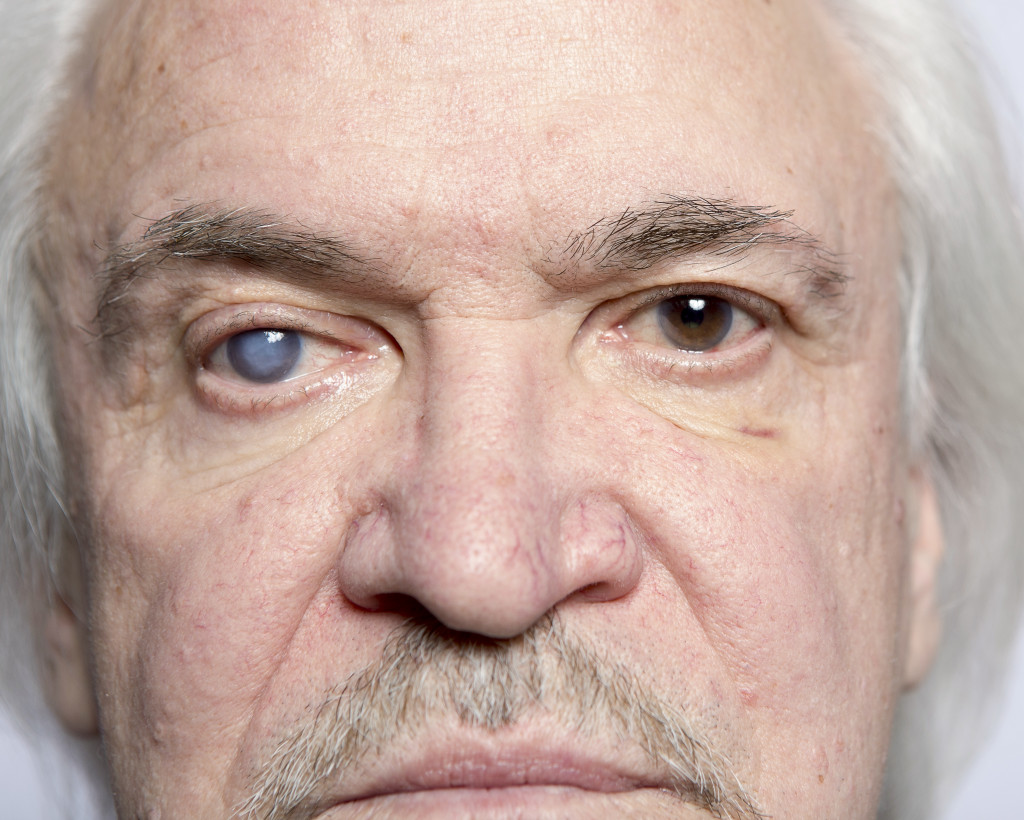Before, cataract surgery was a major and very complex surgery that required full immobilization, as well as a lengthy hospital recovery, to promote eye healing. For these reasons, some patients put off care until they could barely see or function.
Fortunately, the following years have seen an evolution in cataract surgery. Advancements in technology and the understanding of the eyes have enabled ophthalmologists to remove cataracts without prolonging the recovery process. They have also used cataract surgery as a refractive procedure, which means doctors can accurately estimate how patients can see after their surgery.
If you’re diagnosed with cataracts today, you have the benefit of more precise procedures, better outcomes, and shorter recovery times.
Advances in Cataract Care
Customized Intraocular Lenses
This newer form of cataract extraction replaces deteriorated eye lenses with intraocular lenses (IOL), a type of artificial lens. You have many IOL options: multifocal, monofocal, or astigmatism-correcting. New IOLs are also introduced each year. Your surgeon will recommend the ideal lens after a series of comprehensive tests.
Laser-Assisted Cataract Surgery
Traditional cataract surgery includes the use of a diamond or metal blade to create an incision in your cornea. With laser-assisted cataract surgery, doctors use a femtosecond laser to create an accurate and bladeless incision.
During the procedure, the surgeon will create a surgery plan using a 3D image of the eye. This plan is called optical coherence tomography (OCT). With the specifications for depth, location, and length in all planes, the laser offers a minimally invasive, computer-guided, and customized option.
Small Incision Cataract Surgery and Phacoemulsification
IOLs are specially-designed to be implanted in small incisions (2 millimeters). Doctors remove modern lenses with phacoemulsification, an advanced cataract surgery that emulsifies the eye’s internal lens with an ultrasonic handpiece. This tool also incorporates ultrasound waves to break up your deteriorating lens.
Once the surgeons have fragmented the lens, they will vacuum and insert the new IOL into the same corneal incision.
Better Technology for Faster Recoveries

Quicker recoveries are one of the most significant benefits of technology in eye surgery. Since surgeons use smaller incisions that are self-healing, most do not require sutures.
In the past, recovery often lasted three months or longer, depending on the patient’s case. Also, patients had to stay immobilized in the hospital. Today, cataract surgery is often an outpatient procedure. Surgeons use local anesthetic (numbing drops for the surface of the eye).
After surgery, patients can immediately resume their daily routines. Doctors might discourage patients from swimming for a month, but other activities such as jogging, weight lifting, and tennis may be allowed.
Despite the greatness of these technologies, these surgeries still pose some risks. It’s better to talk to your doctor about them before you proceed with the surgery.
With advancements in surgical instruments, techniques, and guidance systems, both patients and doctors can expect to see continued improvement in the surgery’s safety and outcome. If you need cataract surgery, get in touch with your eye care specialist to learn more about the newest technologies in cataract removal.







